Online teaching, learning and the meaning of life

COVID-19 has made teachers and students familiar with online teaching – for better and worse. In this opinion piece, Professor Peter Gammeltoft, from the Department of International Economics, Government and Business draws on years of experience with online teaching and summarizes what works and why.
Opinion | 18. Aug 2020
By Peter Gammeltoft, Professor with special responsibilities, Department of International Economics, Government and Business
The online teaching mandated by COVID-19 did not go down well with students, according to a survey among CBS students of their spring semester experiences. There was widespread dissatisfaction with the format, as reported in CBS WIRE on 19 June, and only 24 percent of survey respondents were satisfied with their online teaching. Other surveys have shown similar results, e.g. a large survey by DJØF showed that 71 percent of students rated the teaching quality either ‘worse’ or ‘a lot worse’ after the conversion to online.
I was one of the many teachers suddenly affected by the COVID-19 ’emergency procedures’, but fortunately the HD course I ran was well received by my students (e.g. 4.0 out of 5 on the question ‘My overall impression of the course is positive’).
HD students who sign up for executive programs like this are generally older and more experienced than students in the day programs, and with the tuition fee levied, they tend to see themselves as ‘paying customers’. Consequently, they can be a relatively critical audience, and the evaluation results were therefore quite satisfactory. Can any recommendations be derived from this experience?
A TEAM EFFORT
First, let me emphasize that I firmly believe that the positive attitude and engagement of the students themselves were the main reasons for the online teaching functioning so well: it was clear from the, limited, dialogue I was able to have with them while using the online format that they strongly preferred a ‘normal’ face-to-face course format. However, they understood and accepted the circumstances and participated actively in making it work.
Proposition 1: Be explicit about framework conditions and the constraints they may impose, and explain basic course design principles as preconditions for obtaining student acceptance and participation. Consider adaptations to suit student preferences.
It was a mandatory course on the HD International Business program and I was coordinator and main teacher. As it began on 24 March, two weeks after Mette Frederiksen announced the national lockdown, there was not much time to recast the format and announce it to the students.

“I must admit, though, that I had one major advantage in making the transformation to online teaching: HD(IB) has been operating an online program since 1998 and has accumulated substantial experience”, Peter Gammeltoft, Professor writes.
The general CBS recommendation was that sessions converted to an online format should not be live lectures but recordings uploaded to Canvas combined with asynchronous discussions in Canvas, links to self-study materials etc. However, from the outset, I decided to strive to conduct the course in a manner that emulated as closely as possible the ‘conventional’ classroom approach, and preserved as much space for contact and dialogue with the students as possible. Rather than asynchronous recordings, this involved holding live online lectures of normal content and length that would hopefully better maintain student engagement and commitment. The students later confirmed that they agreed with this decision.
Proposition 2: Rather than pursuing one uniform approach, carefully assess what is most appropriate for the specific subject matter, pedagogical approach and student characteristics.
I must admit, though, that I had one major advantage in making the transformation to online teaching: HD(IB) has been operating an online program since 1998 and has accumulated substantial experience. I was program director of HD(IB) from 2010 to 2016, and since the online program had been running for many years without modification, it no longer quite reflected contemporary technology potentials and student expectations.
Hence, in 2016, in dialogue with CBS Teaching & Learning and the involved teachers, I developed and implemented an entirely new online program, with a new pedagogical model and IT infrastructure.
Proposition 3: Develop blended and online course designs in dialogue with relevant experts at CBS.
DEVELOP DESIGN PRINCIPLES
For the reform of the online program, I first specified a set of basic principles to which specific design choices should adhere: a central aim of the reform was that it should bring about an experience for online students of being participants in a team-based and progressive teaching process with regular and activating learning activities, and where both teachers and fellow students were actively present throughout the whole process. The reform should also increase student activation and mobilize students better as resources in the teaching activities.

These principles were to be achieved by increasing the focus on student activation, not only within but also between online sessions; strengthening lateral communication among the students; and incorporating practical exercises and peer reviews. These principles should also enable addressing the higher levels in Bloom’s taxonomy and in the (entirely unscientific) learning pyramid.
AND MAKE THEM OPERATIONAL
The principles were then operationalized in the following way: a basic course format was standardized (yet configurable) across all courses, including a uniform setup of Learn (now, Canvas), which was hence recognizable and easy for the students to navigate. A set of activities recurred every week, namely online lectures and recordings, course readings, lecture slides, quizzes related to the readings, video clips, and a small written group-based exercise.
The students were divided into groups with different compositions for each course in order to stimulate dialogue and social commitment (while allowing students to work individually instead, if they so preferred). However, group activity among students was not always easy to achieve. As the exam project was integrated into the teaching activities, it was deployed formatively rather than merely summatively. In terms of IT tools, the courses incorporated live online teaching sessions; prerecorded videos, both self produced and third party; quizzes; and initially an externally sourced strategy game (gamification), later PeerGrade.
Proposition 4: Consider which elements might be standardized across courses within the same program, e.g. concerning the Canvas setup. Since a VIP may work with a given Canvas setup only once a year, and since many programs experience VIP turnover, setup consistency is likely to require active admin involvement.
BENEFITS OF CAREFUL DESIGN AND IMPLEMENTATION
The new model for the HD(IB) online program was an instant success. The student evaluation averages jumped by around two whole points on all online courses, and the online program became one of the best evaluated across all HD programs at CBS. While the HD(IB) f2f line was previously much larger than the online option, after the reform, the intake gradually shifted towards online, which in 2019 was twice as large as the f2f line.
It is important to emphasize that the reform’s success hinged entirely on the proactive effort, engagement and participation of the involved teachers. In fact, I believe that a major reason for the reform’s success was that it represented a design that enabled the quality of the teaching delivered by the teachers to be transmitted much better than before to the online students.
In teaching, I have not missed IT systems in those 25 years and have not felt my work has suffered from their absence. Today, I sometimes feel it suffers from their presence.
Peter Gammeltoft
Proposition 5: Conduct any blended learning program reform in dialogue with the involved teachers and adapt to individual substance-related and pedagogical requirements in specific courses.
RECOGNIZE THE RISKS AND DRAWBACKS
Online teaching is gaining in popularity among students, especially if it is carefully designed. And no doubt certain things can be accomplished better with online teaching, e.g. providing better access to certain geographic, occupational and demographic niches. These potentials could probably be exploited even better at CBS, particularly in executive education.
That is not to say that online teaching is without risks and drawbacks. On the learning side, students are often not as involved in or committed to the learning activities as in f2f programs and this weakens learning outcomes. F2f teaching also supports crucial meta-instructional activities such as socialization into a professional community, professional identity formation, network building, etc., which online modalities do not support very well, if at all.

On the teaching side, loading a course with various forms of technology can ultimately distract from the content it is supposed to convey. Blended course designs also introduce various rigidities and sunk costs, e.g. costs related to producing various content-specific teaching elements, including videos, quizzes, small assignments and the like. This can reduce teachers’ ability and inclination to dynamically revise and upgrade the course from one year to the next: courses were once very dynamic entities and content could be frequently updated to reflect new developments, sometimes even on the fly, but this becomes more difficult as sunk costs rise.
Finally, developing and managing various forms of technology-based teaching elements can cannibalize scarce teacher resources, even when the benefits in terms of learning outcomes may not be clear.
Proposition 6: In online course design, consider explicitly how to compensate for the weaknesses of online teaching. On the learning side, it may be productive to include more mandatory activities than in f2f programs. On the teaching side, be wary of sunk costs, and retain curricular and pedagogical flexibility.
ONLINE TEACHING AND THE MEANING OF LIFE
Before I joined academia, I was a consultant with a large US consulting firm, where I worked on developing IT communication systems in healthcare and on organizational development in the financial sector. The main reason I left an excellent workplace, almost 25 years ago, was that I felt I was advancing a form of technological change that did not promote collaboration, communication and creativity among empowered professionals but rather promoted bureaucratization, formalization and control.
In a certain sense, it seems that the tertiary education sector is only now beginning to implement the type of tools and techniques we were developing and deploying in organizations back then. It also seems that, e.g. by focusing overly on the IT tools rather than the processes they are supposed to support, some of the mistakes that were made back then are likely to be repeated, despite the additional 25 years of experience to draw on.
In teaching, I have not missed IT systems in those 25 years and have not felt my work has suffered from their absence. Today, I sometimes feel it suffers from their presence.
CBS has already invested massively in the transformation towards blended learning, in a somewhat technology-focused way. Imagine that the agenda was reconceptualized and resources were focused into strengthening learning outcomes irrespective of modalities employed.
This could involve revisiting fundamentals like curriculum innovation, pedagogy, and student engagement and activity, which do not figure prominently in the current CBS discourse on blended learning. If we could transform the push towards blended learning, at least partially, into a drive to strengthen teaching and learning in general, regardless of whether it was IT-supported or not, that could be truly exciting.






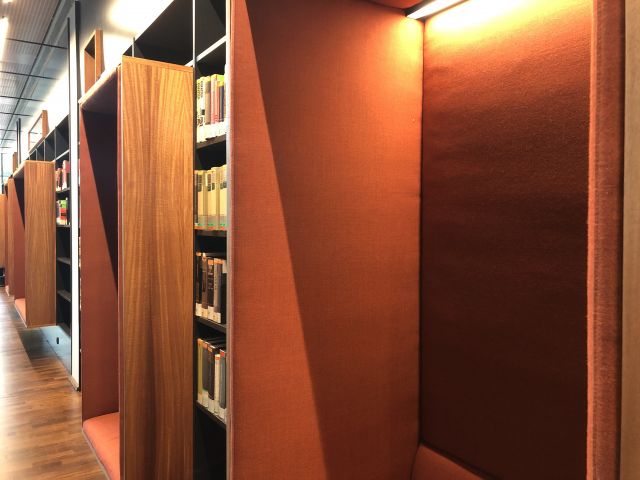

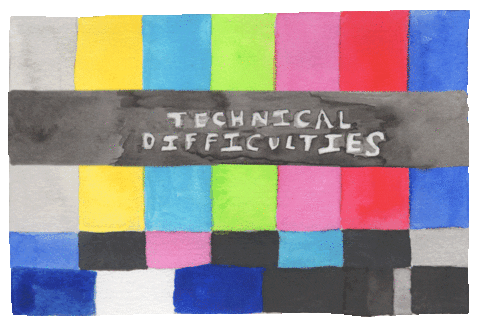



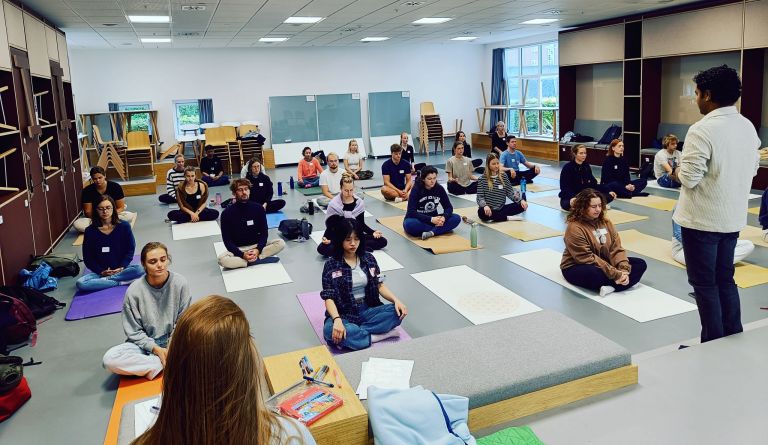
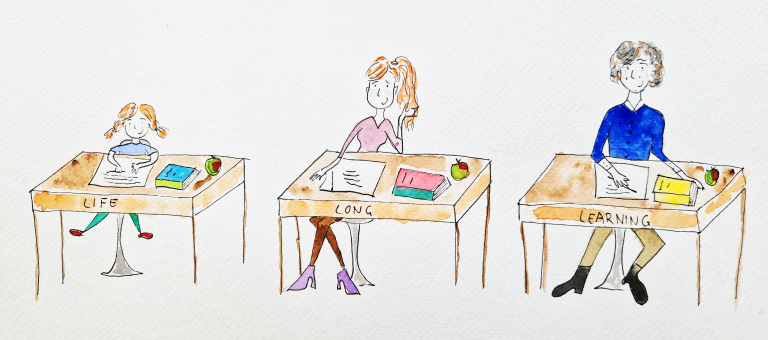


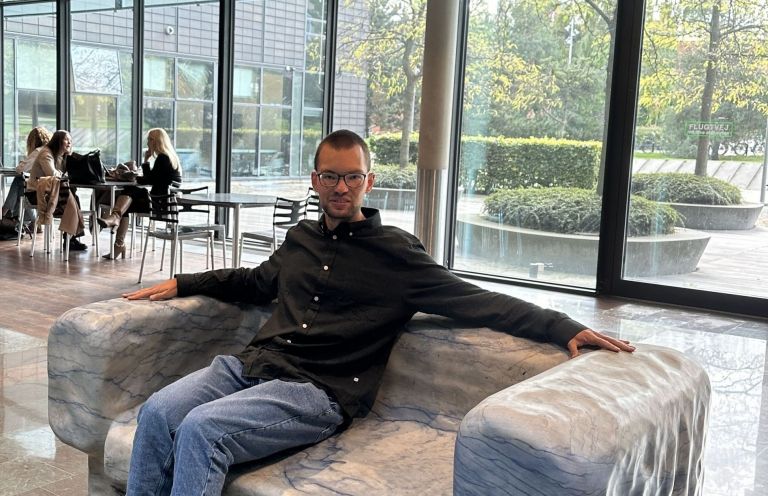
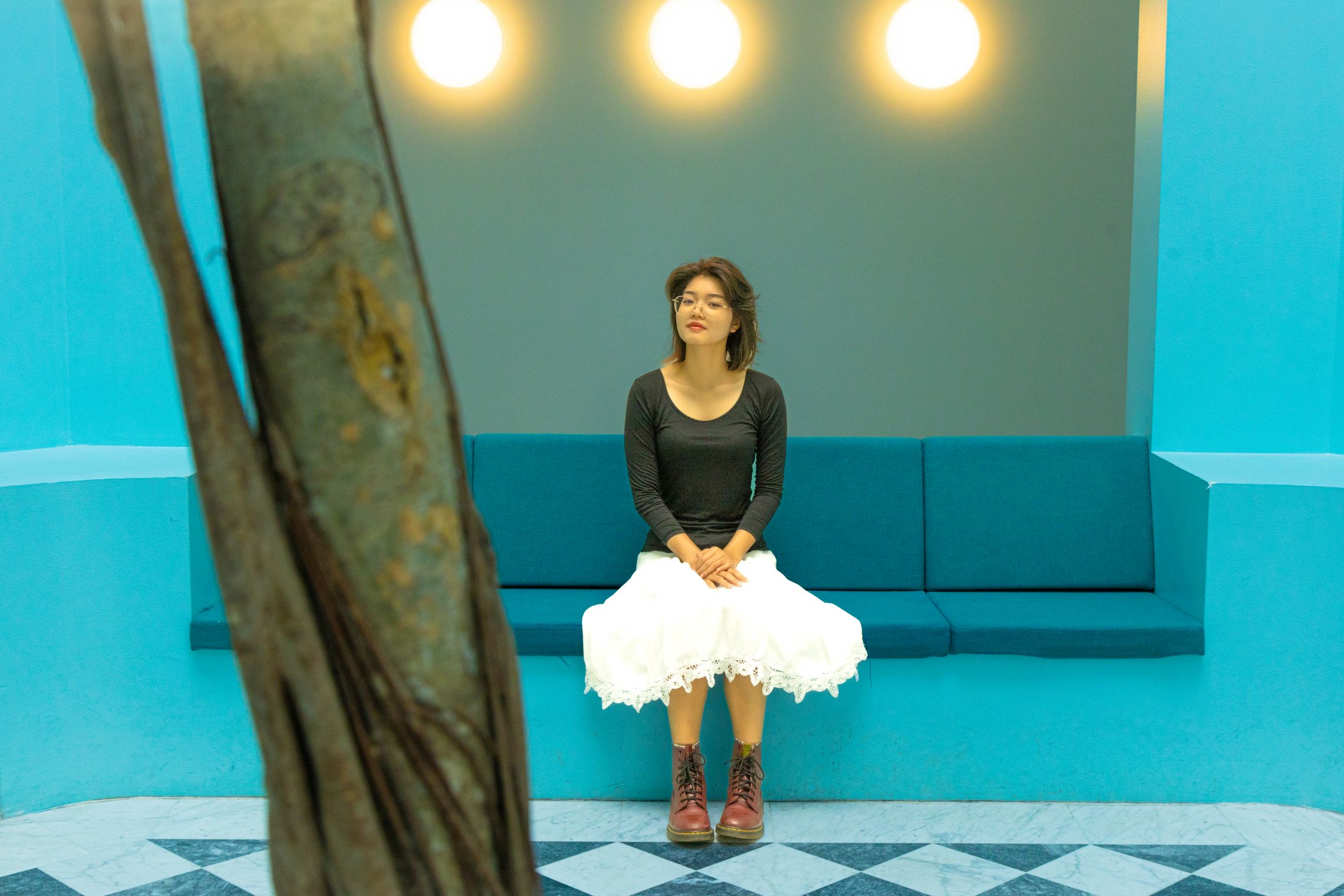





















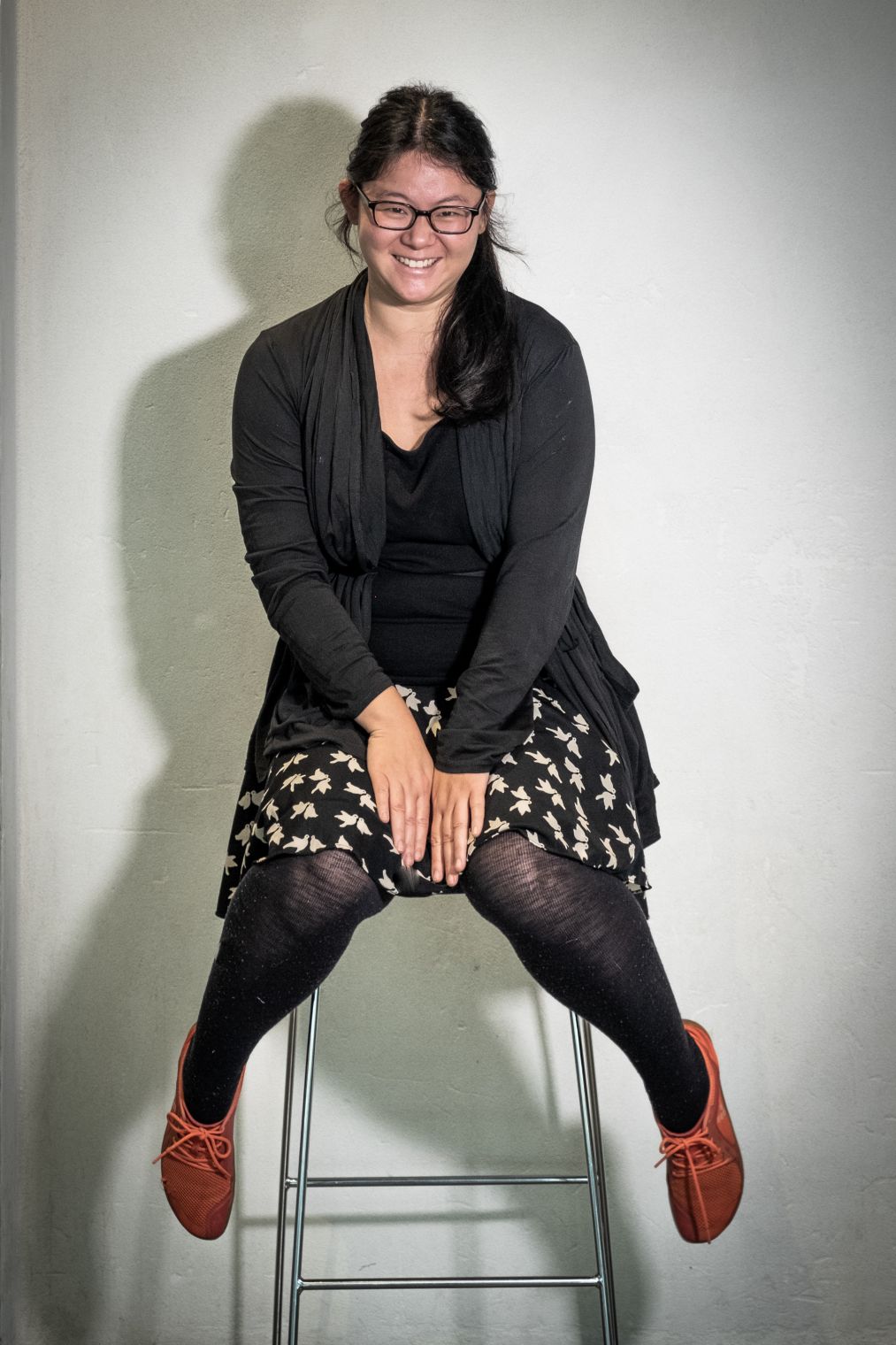

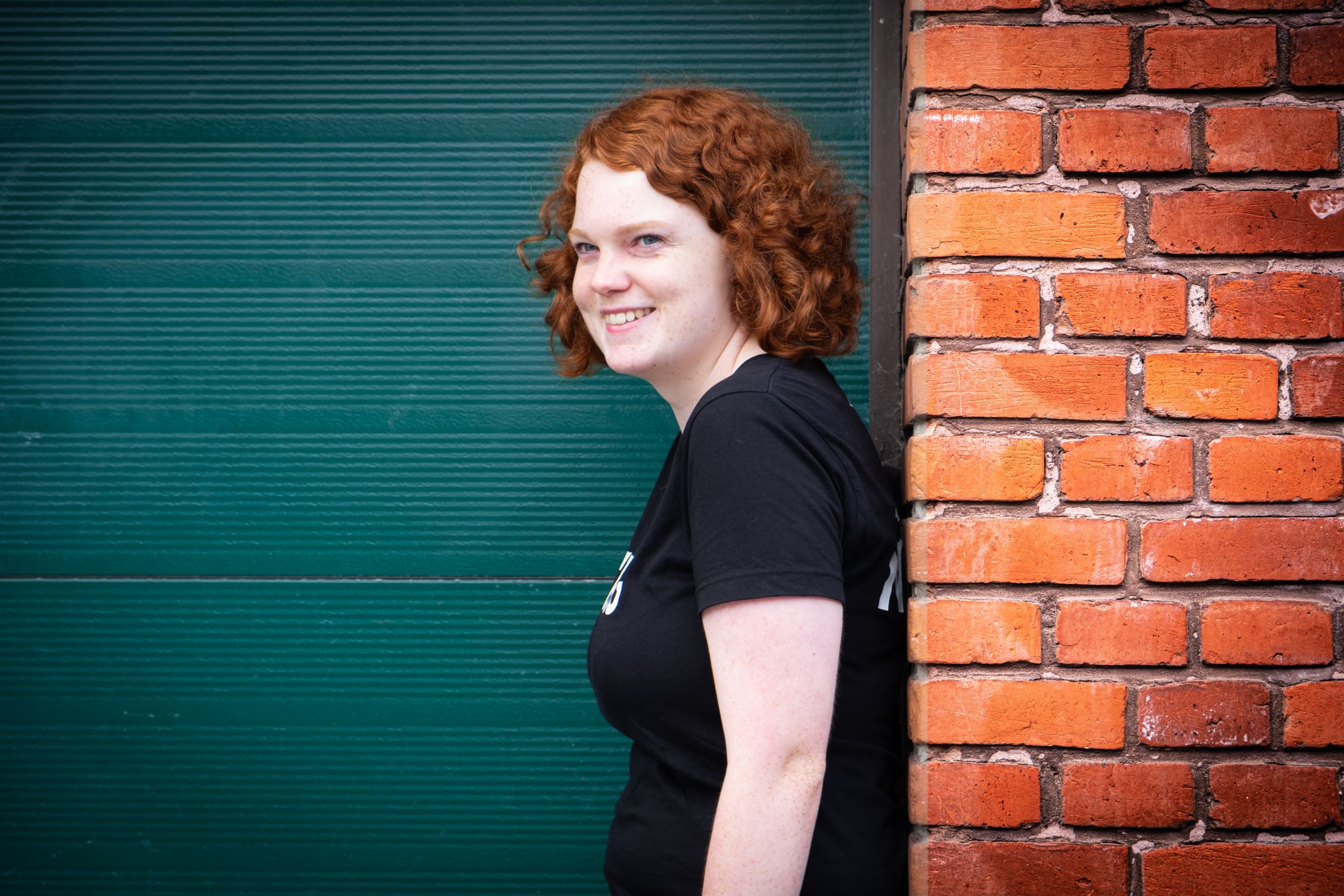


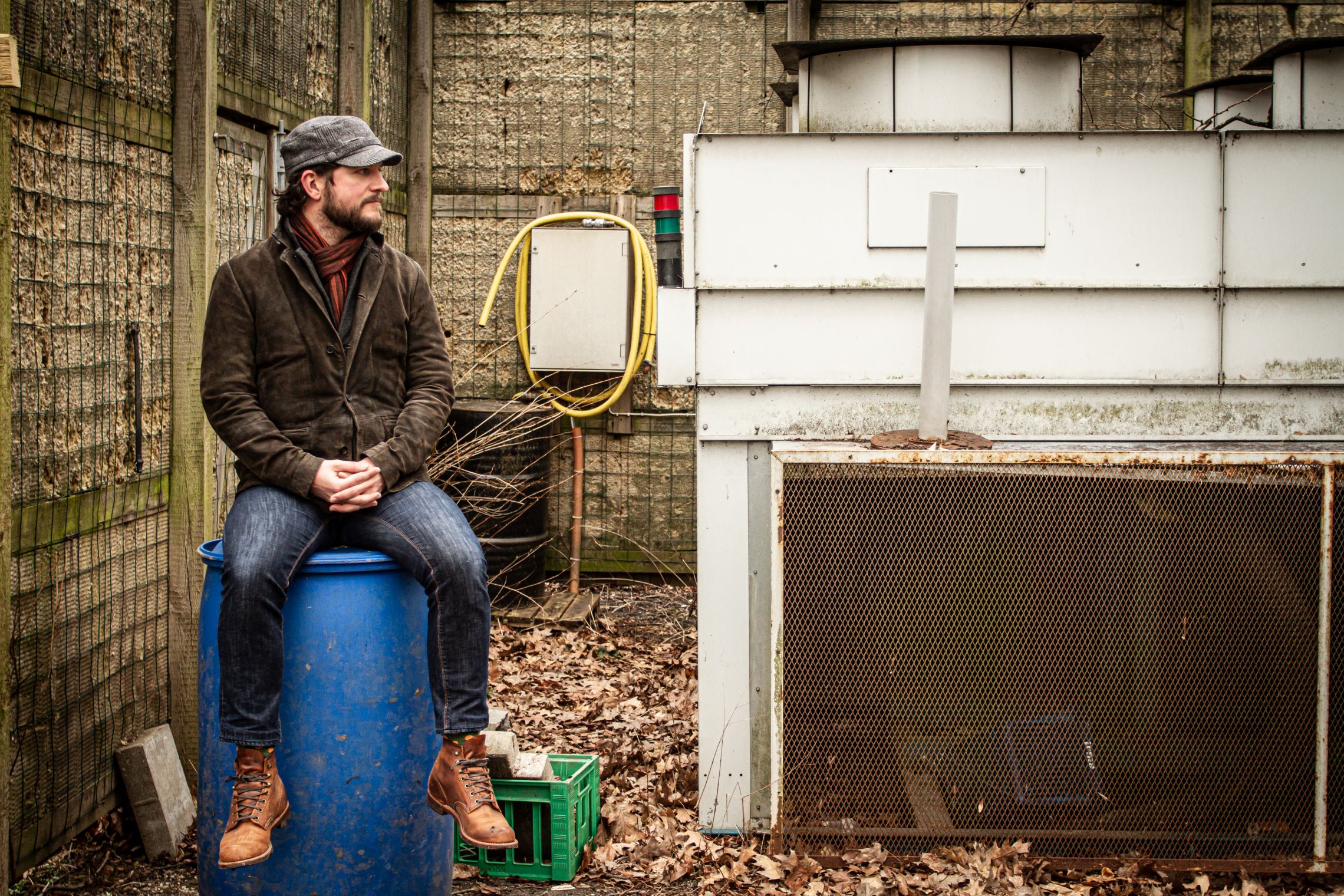
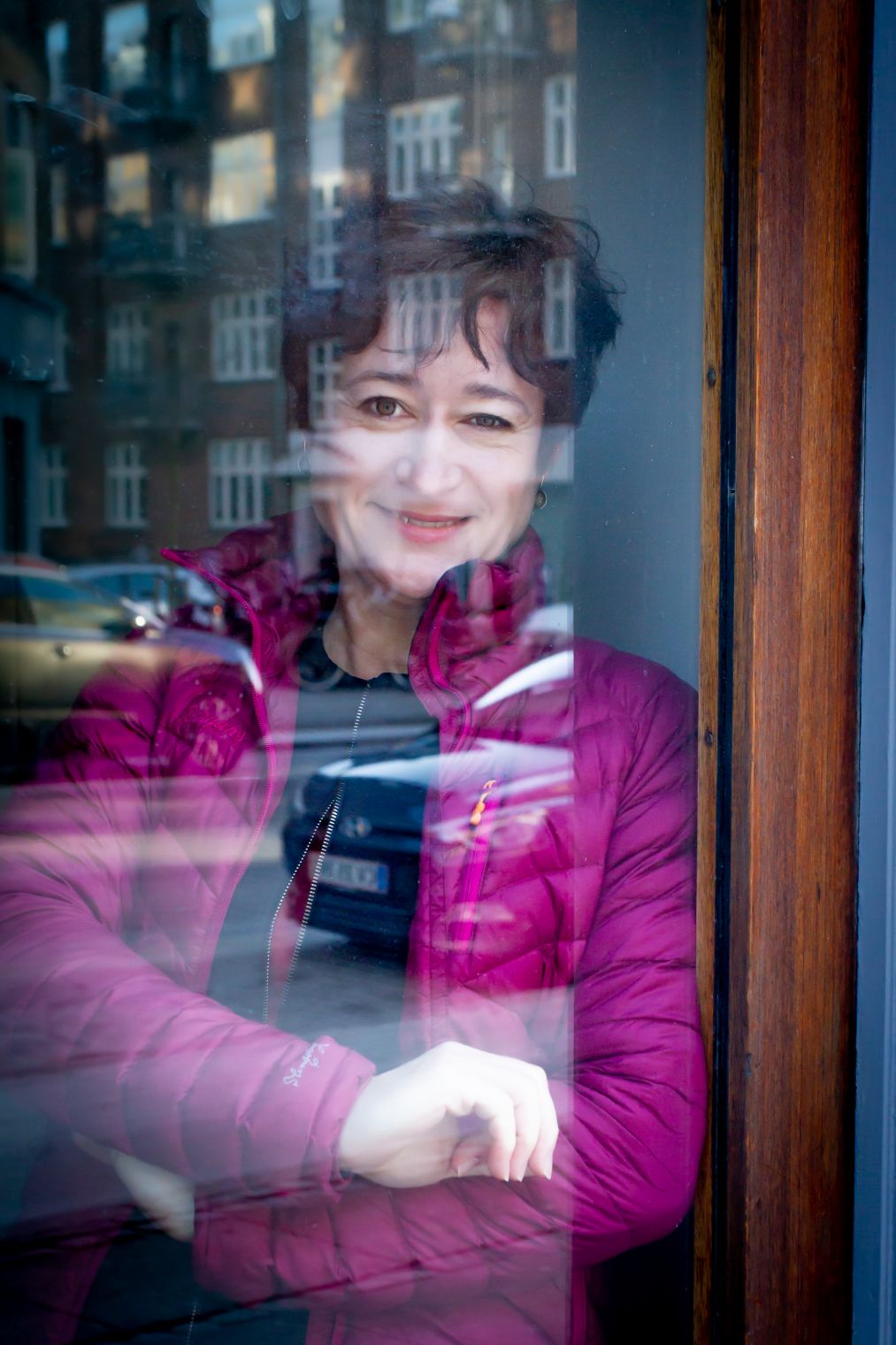





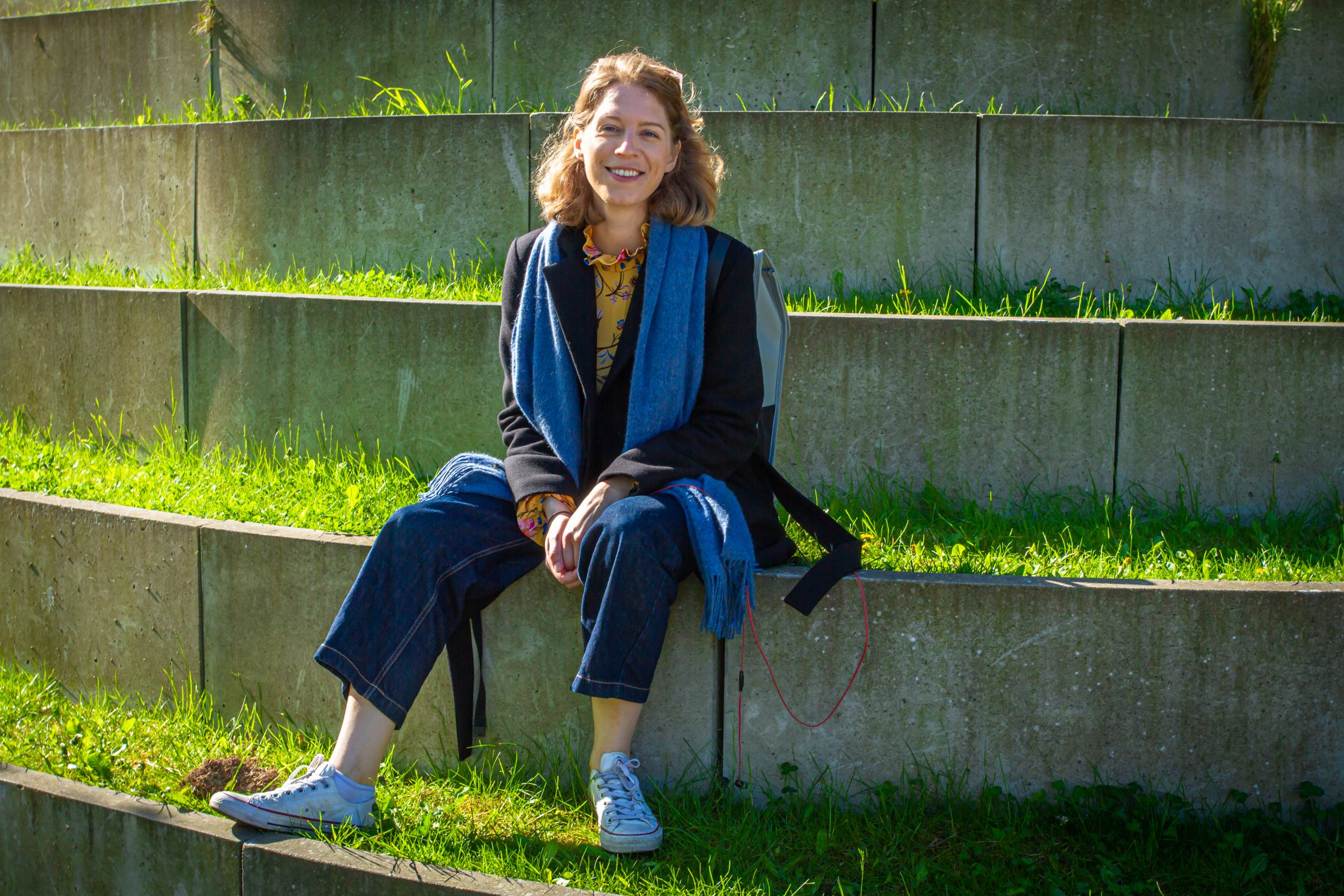
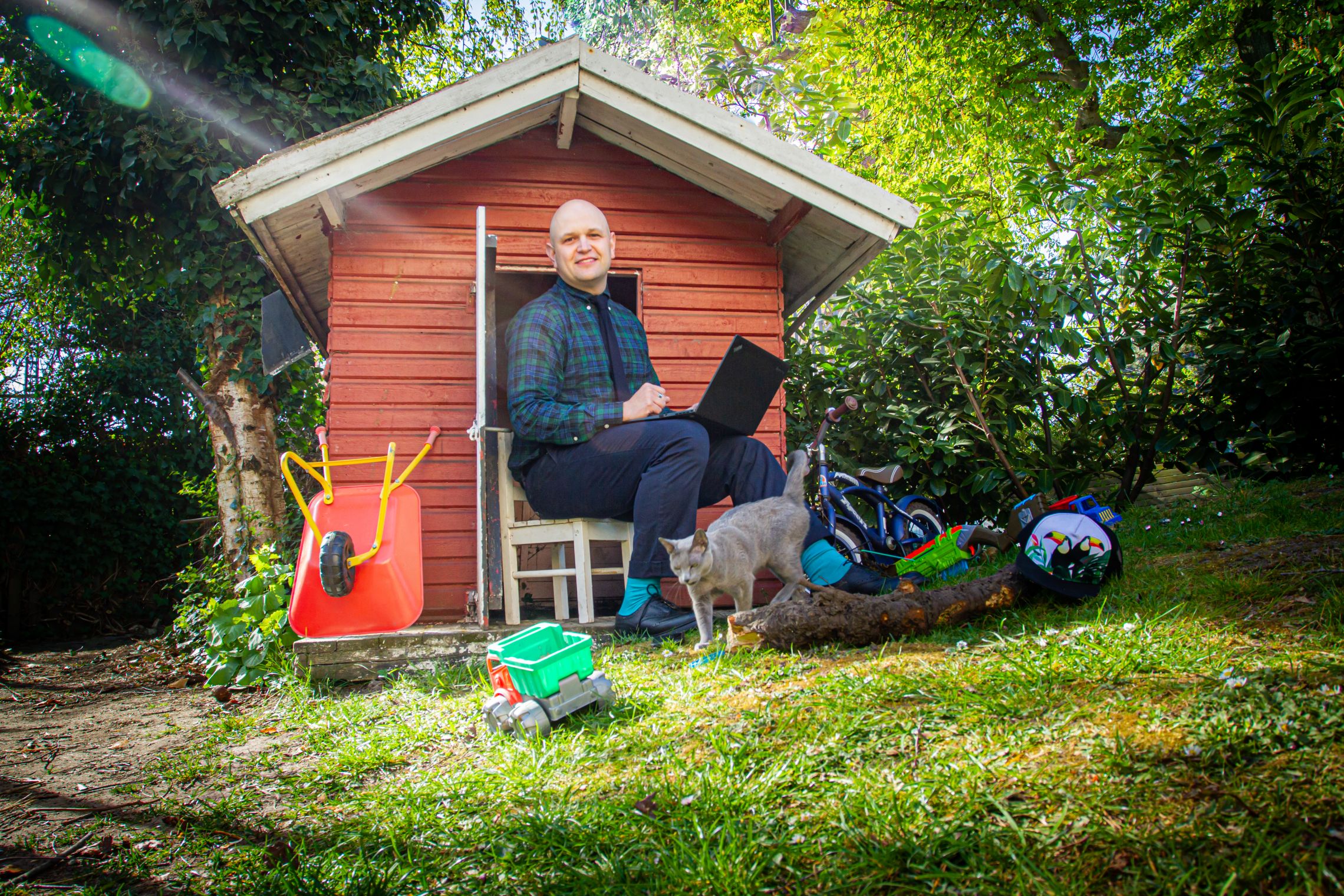


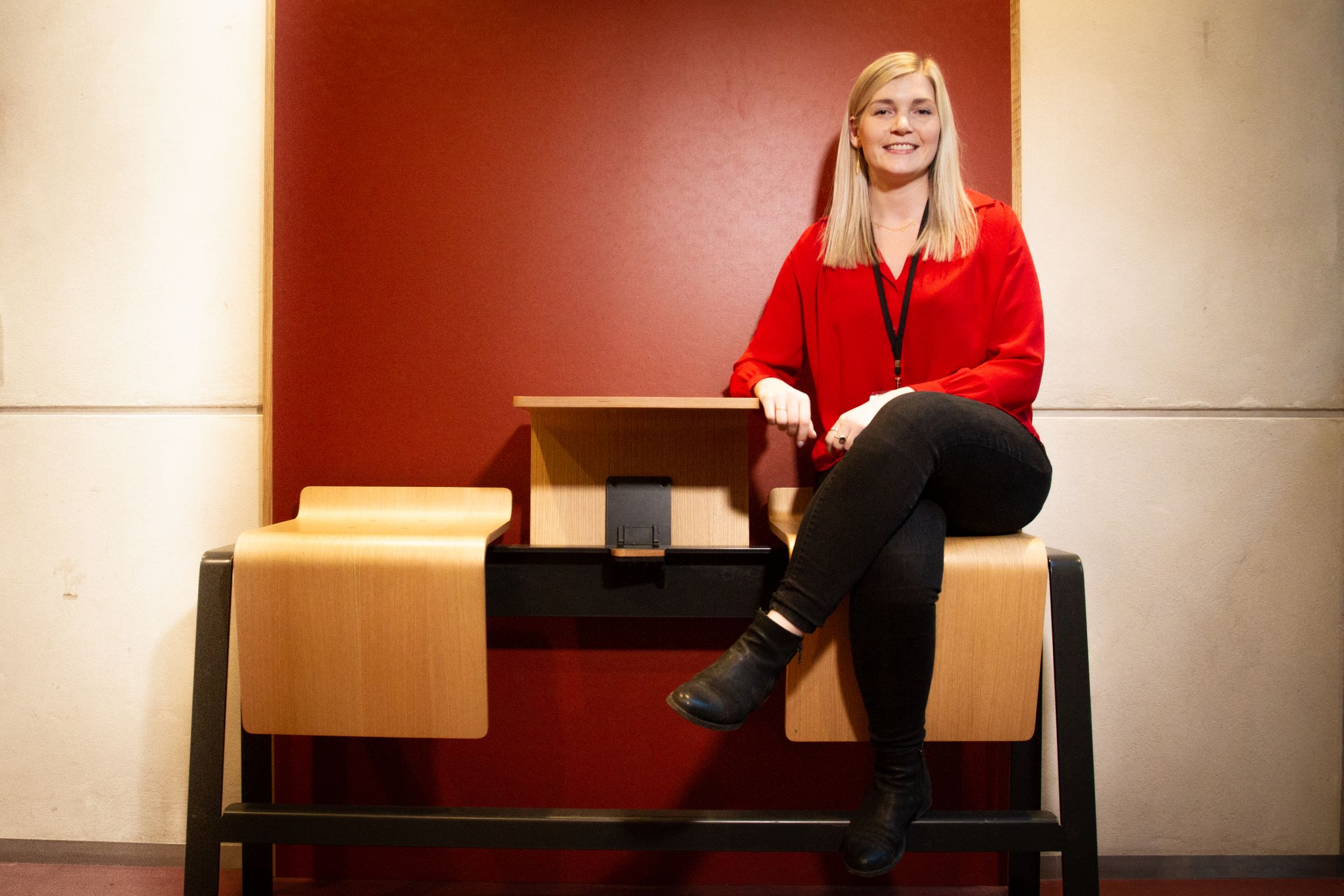




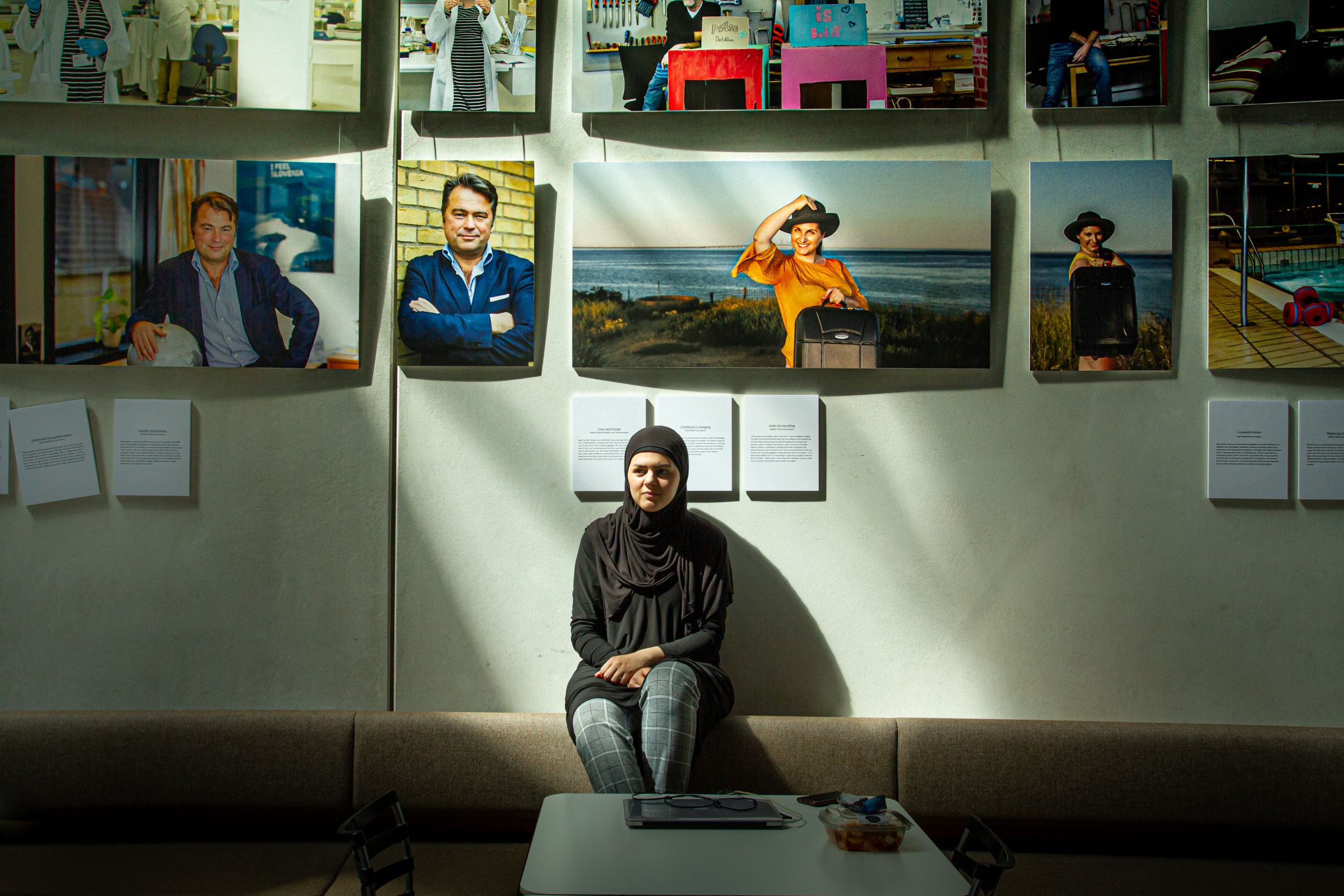


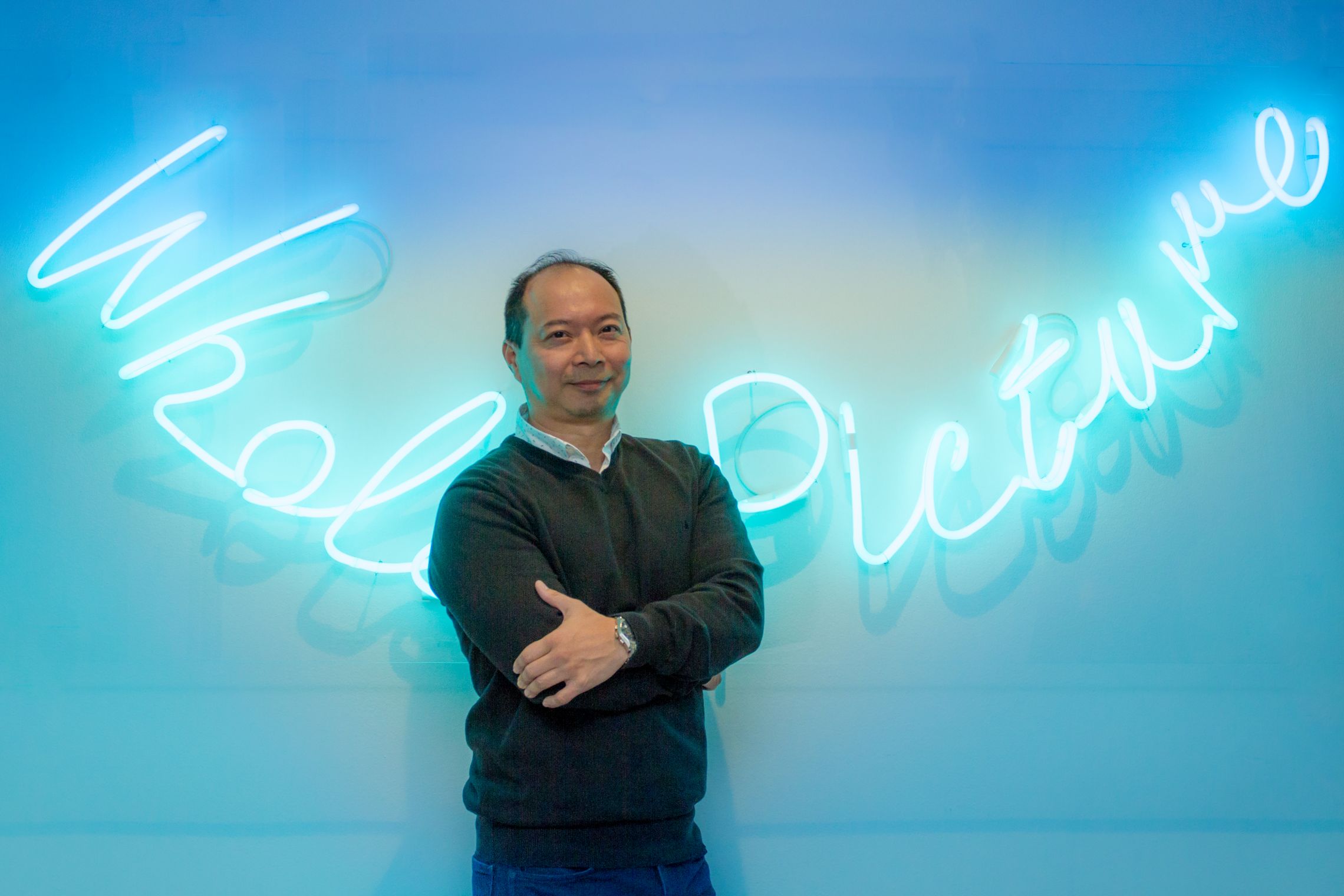


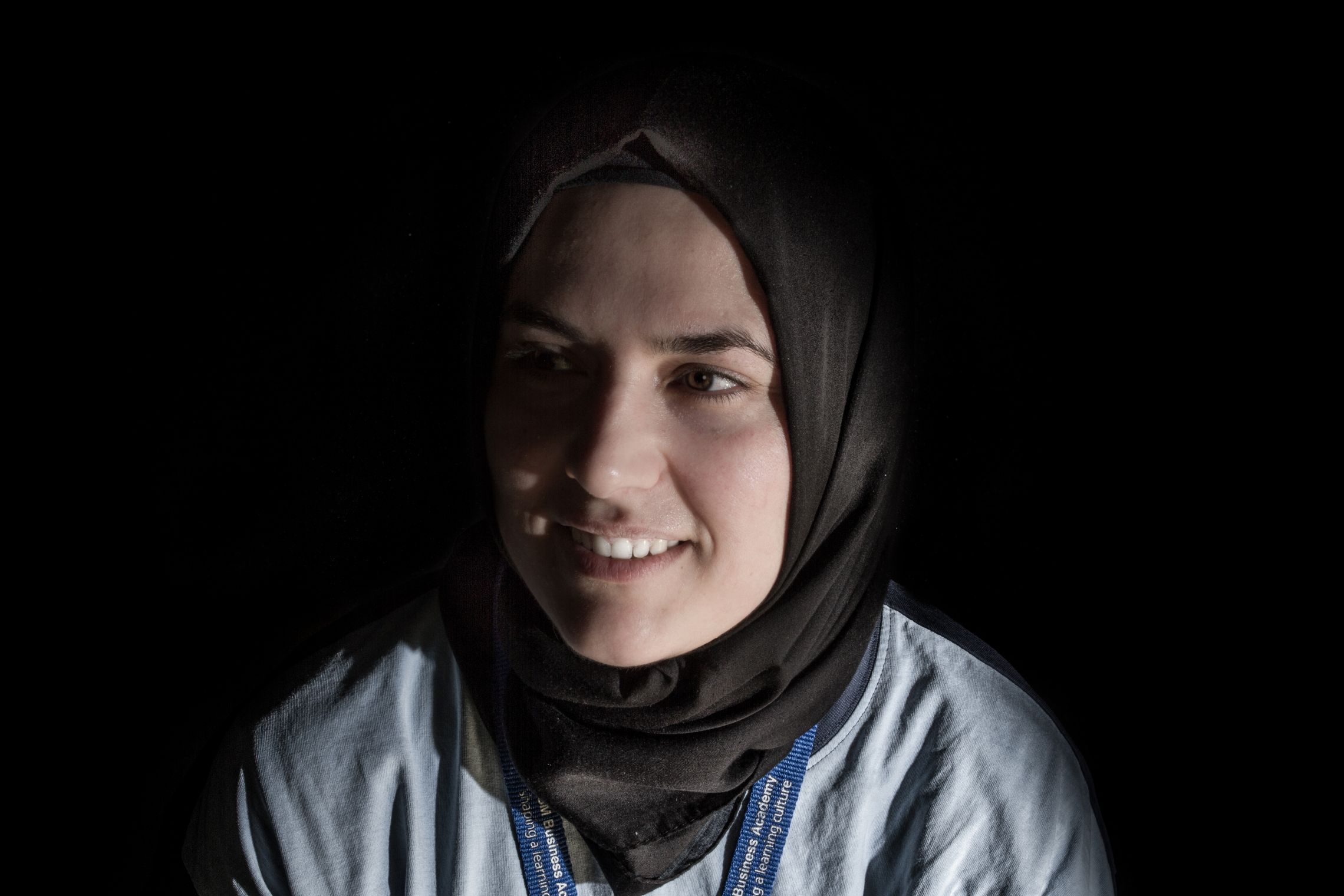


















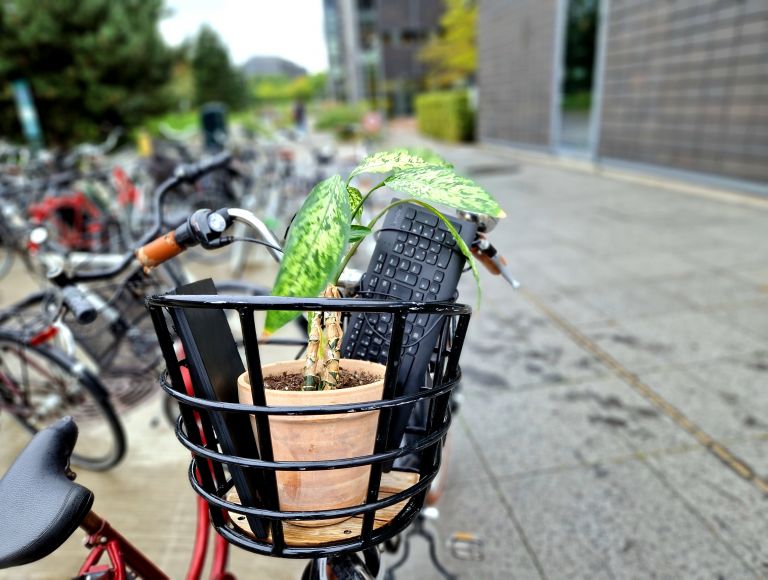
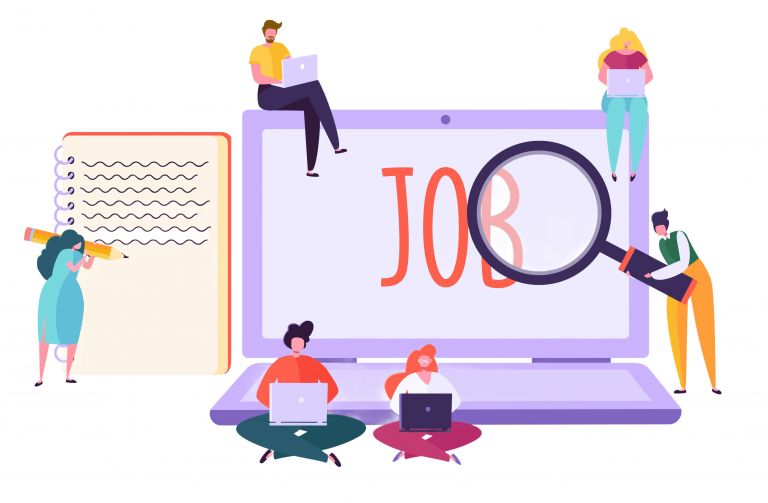


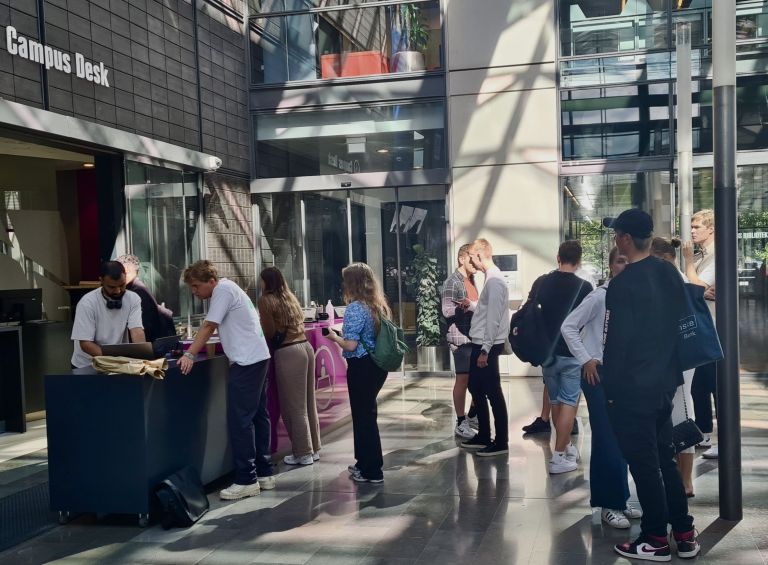






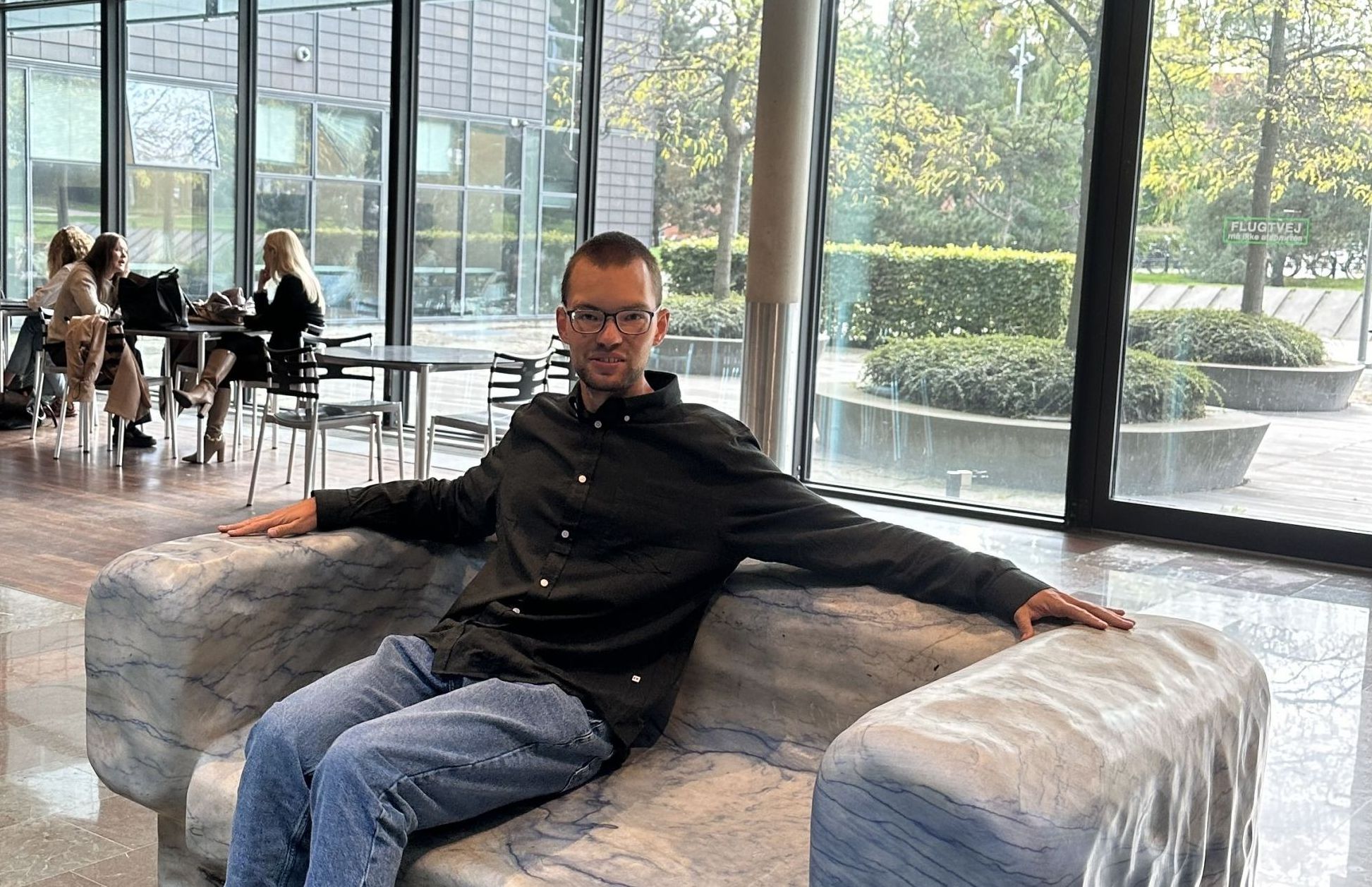
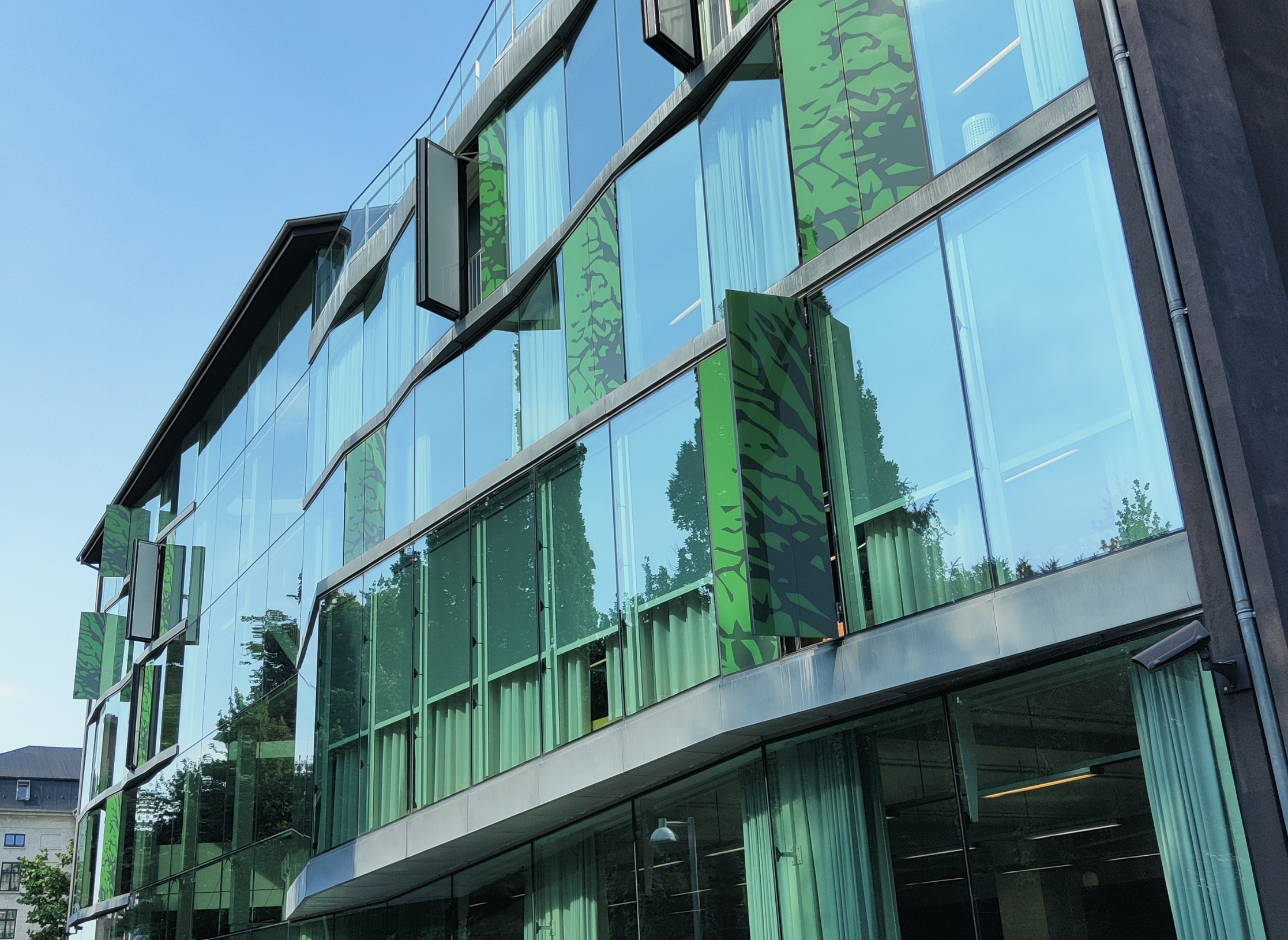









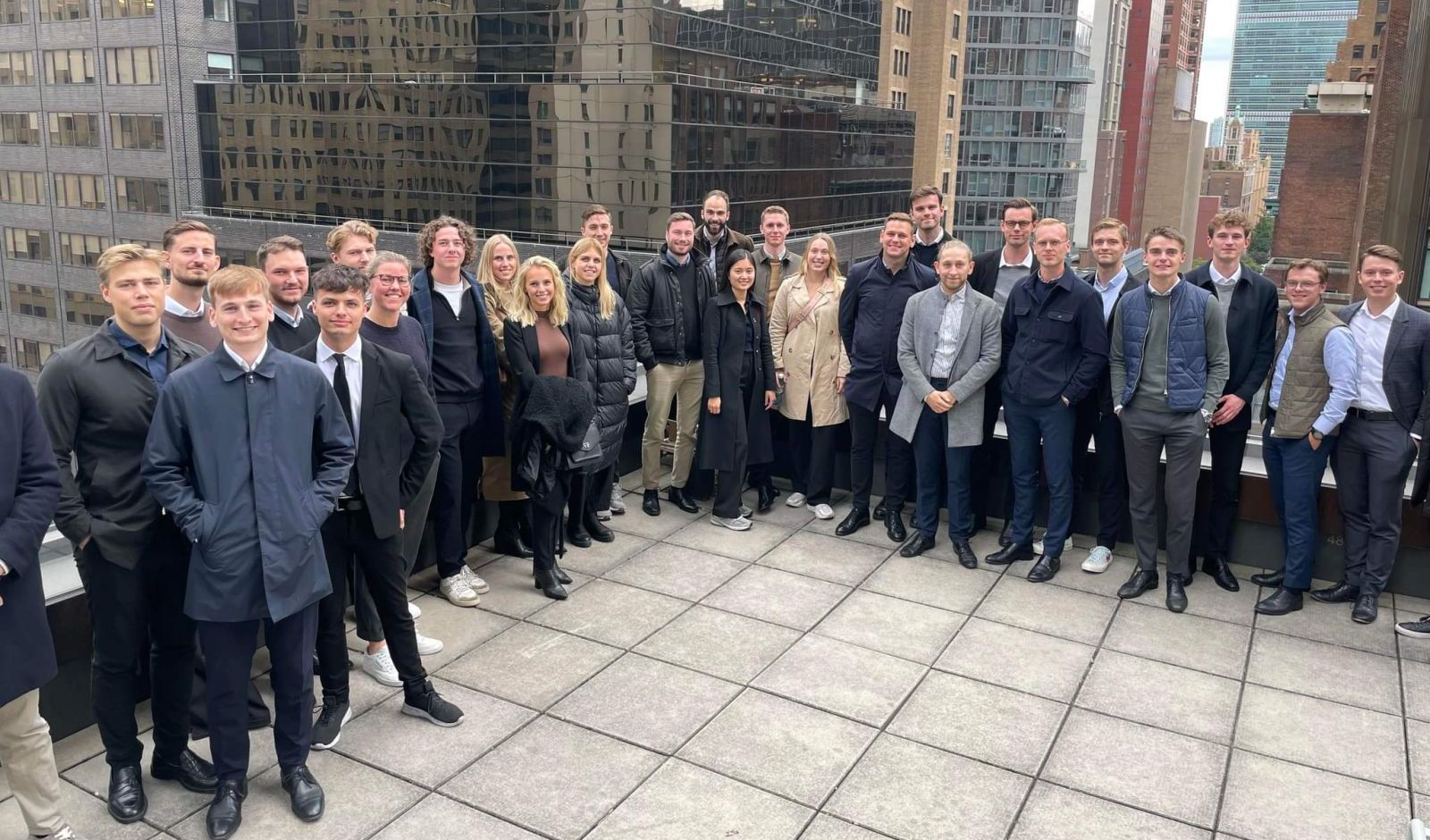











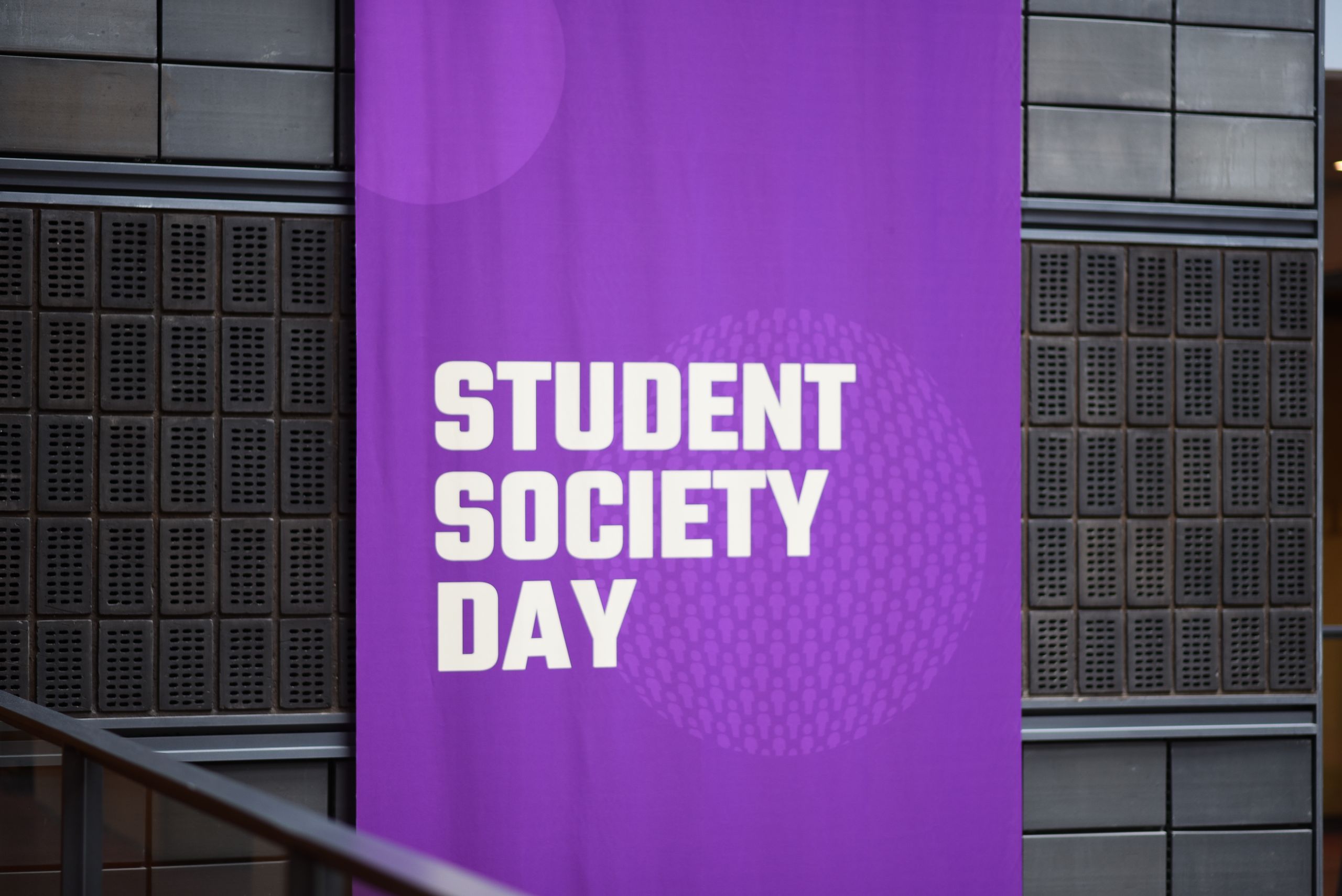

















Comments